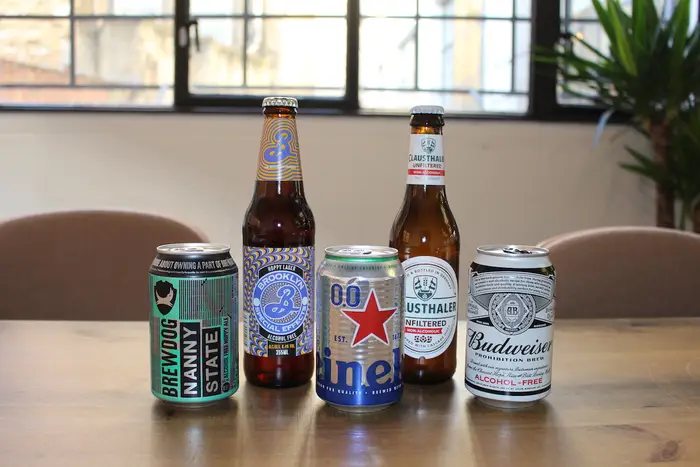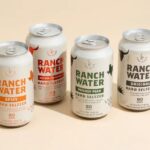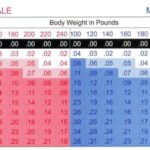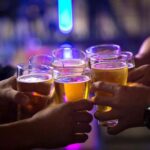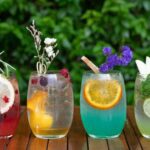With rising interest in living healthier lifestyles, non-alcoholic beer has soared in popularity allowing enjoyment of a cold brew without the buzz or calories. Even iconic beer brands now offer non-alcoholic versions catering to changing preferences among young adults prioritizing wellness. In this post we talk about Alcohol Testing And Non Alcoholic Beer.
However, for those undergoing mandated substance abuse counseling ordered to avoid all alcohol intake, questions surround whether these new popular “non-alcoholic” labeled beverages could still trigger positive on administered drug and alcohol tests unexpectedly.
Let’s closely examine alcohol testing methodology while demystifying whether abstaining from booze truly means swearing off non-alcoholic beers.
Table of Contents
What Qualifies a Beer as Non-Alcoholic?
While no uniform alcohol by volume (ABV) limit universally classifies beers as non-alcoholic, most brands market their NA beer offerings highlighting less than 0.5% ABV. For comparison, a typical full strength lager beer normally lands between 4-6% ABV.
These drastically lower alcohol levels result from advanced brewing techniques extracting fermented alcohol post-brewing or curtailing fermentation altogether. Popular methods include restricted fermentation, reverse osmosis filtering, or evaporation via low temperature vacuum distillation.
The resulting liquid contains at most trace alcohol amounts while retaining familiar beer flavors and profiles appreciate by beer aficionados. With definitions covered, we can now analyze alcohol testing sensitivity surrounding these NA drink options.
Overview of Common Alcohol Testing Methodologies
Those adhering to court orders, parole limitations or work policies must demonstrate sobriety compliance through scheduled alcohol testing. While programs differ slightly, monitored tests commonly rely on these main biological inputs:
Breathalyzers
Portable detectors analyze breath alcohol concentration estimating blood alcohol levels based on exhaled ethanol levels.
Urine Samples
Specimen cups undergo lab screening hunting for alcohol metabolites confirming previous drink consumption even if no lingering intoxication.
Hair Follicle Tests
Alcohol metabolites also accumulate within hair shafts providing longer exposure windows identifying chronic drinkers over months.
Now that we’ve established parameters on how alcohol tests function, how might chugging some chilled Athletic Brewing IPAs or WellBeing Victory Wheat beers affect results?
Can Non-Alcoholic Beer Trigger Positive on Alcohol Tests?
Thankfully for fans of buzz-free brews, the miniscule alcohol within certified non-alcoholic beers falls well below thresholds to trigger positive on alcohol abuse tests. Even urine or hair tests sensitive identifying alcohol metabolite byproducts would require consuming absolutely unrealistic, dangerous levels exceeding 20+ beers daily.
However, alcohol courts and programs mandate complete abstention as terms of probation, recovery or employment. So technically attendance agreements require avoiding even non-alcoholic trace alcohol beverages regardless of testing outcome fears. The safest stance assumes steering clear of non-alcoholic beer.
Why Non-Alcoholic Beer Gets a Bad Rap Among Pure Sobriety Circles
Beyond continued stigma that the concept of non-alcoholic beer seems counterintuitive, recovery programs foster complete alcohol avoidance to encourage lifestyle reformations. Any exposure risks triggering relapse among clinically diagnosed alcoholics.
Additionally, some non-alcoholic beer converted skeptics admit struggling fighting psychological cravings for the full-strength originals once satisfying former drinking habits or preferences. For these reasons, non-alcoholic beer adoption remains slowly growing among recovery communities despite posing no testing risks.
The Verdict on Non-Alcoholic Beer Enjoyment
So while modern non-alcoholic beer formulations fall well below thresholds to trigger failed alcohol tests or impairment, subjectivity still governs opinions on their appropriateness in sobriety support contexts. Weigh personal risks and lifestyle priorities accordingly or default back to classic sparkling waters just to play things safely!
In summary:
Non-alcoholic beer won’t make you fail probation obligations or workplace tests thanks to containing less than 0.5% alcohol by volume. But technicality loses relevance for programs demanding 100% complete abstention from all alcohol-related products. Tread carefully and drink moderately without risking remedy progress goals! I hope this Alcohol Testing And Non Alcoholic Beer post helps you.

Catherine Previti is a seasoned wine enthusiast with over 8 years of experience in wine tasting and beverage curation. Holding a degree in Viticulture and Enology, she shares expert insights on Vedrinks.com, helping readers navigate the world of wine with confidence. Connect with Catherine on Instagram.
